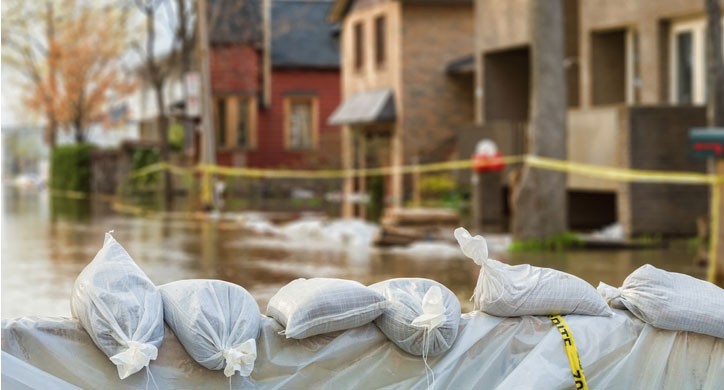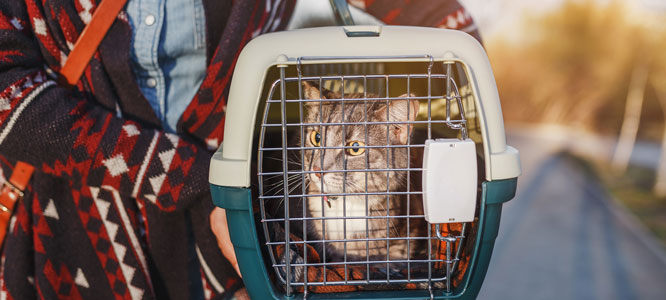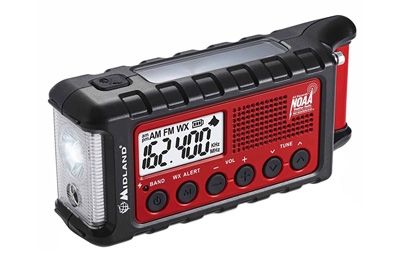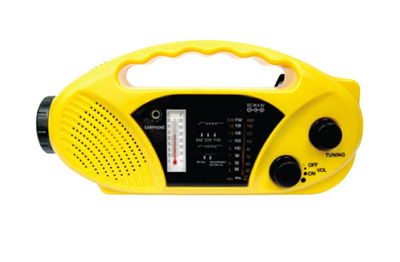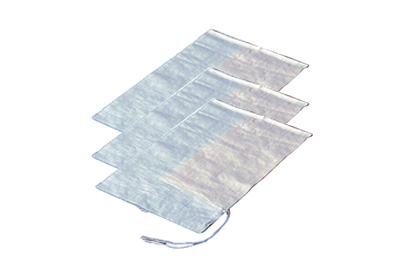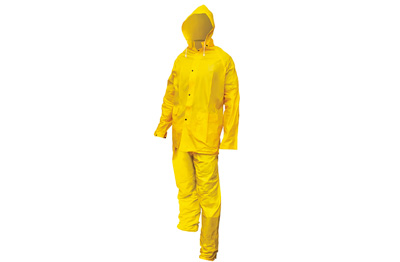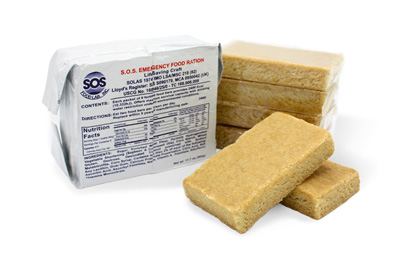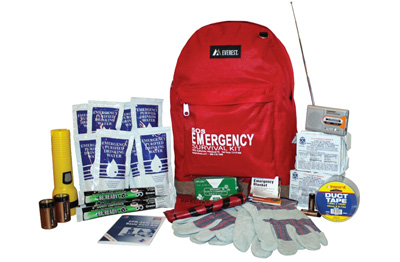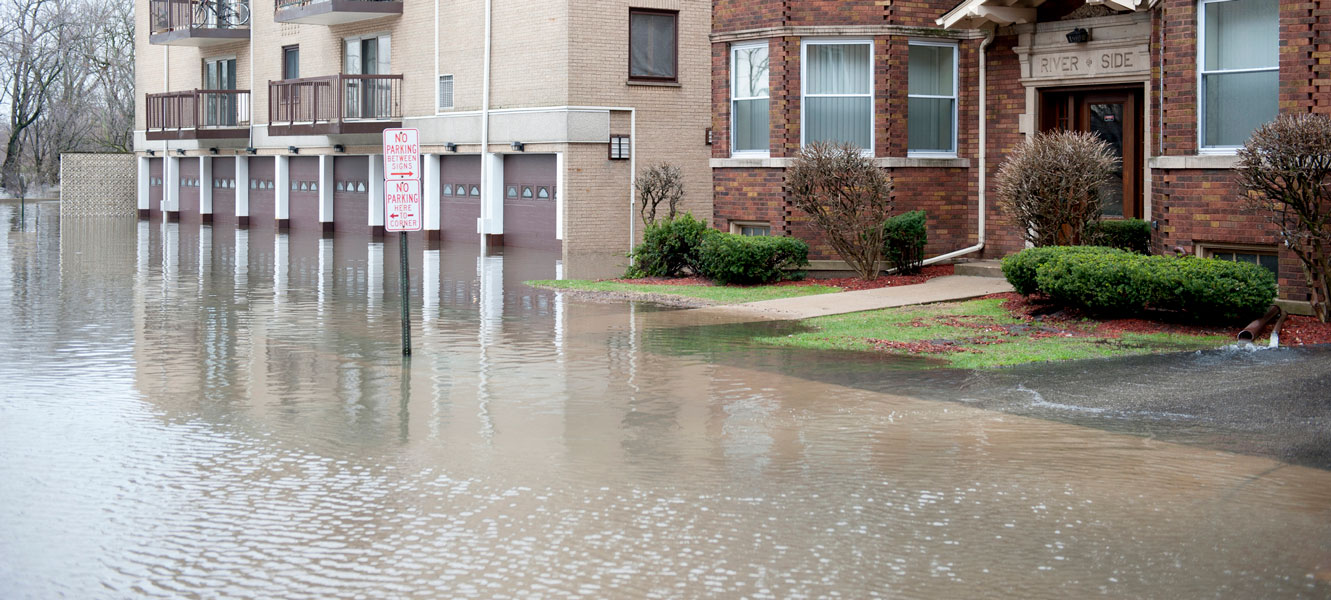
What to Do In the Event of a FloodTuesday, May 25, 2021 When the rainy season approaches, flooding can become more and more of a concern. Any place on Earth where it rains is vulnerable to a flood. While most floods develop over time and allow people time to prepare, not all do. A flash flood can be extremely dangerous. Flash flooding kills about 140 people every year in the United States alone. While floods can be treacherous and need to be taken seriously, there are some steps you can take before, after, and during floods to help ensure you and your family remain safe. How Do Floods Happen?Floods are among the most frequently occurring natural disasters. Flooding occurs when natural and artificial watercourses exceed capacity, typically during periods of long or heavy rainfall. On the coast, flooding can be triggered by other natural events such as tropical cyclones or tsunamis. Flooding occurs most heavily in low-lying areas. But flash floods can occur almost anywhere. Flood PreparednessWhether you live in an area that frequently sees flash floods or not, it's a good idea to educate yourself ahead of time about flooding. Many people who live in flood risk zones also think ahead by purchasing flood insurance for the event of flood damage to their home. It’s also important to stock up on flood disaster supplies. Some of the most important items to ensure you have easy access to during an emergency include:
Make a plan with your family and for your pets about where you'll go during a flood. Map out routes that are not prone to flooding in case you must evacuate. What to Do During a Flood
When you first become aware of a flash flood watch (meaning flooding is possible in your area) or a flash flood warning (flooding is already occurring in your area or will soon), monitor your surroundings carefully, avoid flooded areas, and get to a safe area as soon as possible.
During heavy rain, low areas are particularly susceptible to flooding, so it's a good idea to tune in to local weather updates and keep an eye out for a flood watch, flood warning, or other flood alert.
If You’re in the CarIf you are driving, fill up on gas, but do not attempt to drive through flooded roadways or rushing water, even if the flood water looks shallow. Flash floods are powerful and water can sweep your car off the road as easily as it can knock you off your feet. If You’re at HomeIf you're stuck at home and there's a possibility water may get high enough to seep inside, you should board up your doors and windows as fast as possible. Cut off your utilities - turn off gas, electricity and water - and head upstairs with important items like legal paperwork and expensive electronics. If you have hazardous materials in a shed or your garage, such as oil, pesticides or even cleaning supplies, move them to higher locations so they don't create even more hazardous water conditions. Use your battery-powered radio to monitor the latest information and find out when it's safe to leave again. If you are stranded and are in immediate danger from rising water, contact emergency services immediately. How to Stay Safe After a FloodIf you've come in contact with flood water, be sure to wash your hands with clean water and soap ASAP. Stay away from downed power lines, watch out for washed out roads and debris, and stop kids from playing in flooded areas. If your home was flooded, check for water damage that could affect your gas lines or electrical system. If there is damage, have a professional come check everything out before you turn utilities back on. Finally, take pictures of everything damaged for flood insurance purposes and throw away any medicine, food, and drinks that had any contact with flood water. You should also disinfect everything that got wet. If your home is in need of major repairs due to structural damage, check out the American Red Cross guide “Repairing Your Flooded Home” for help getting started. To learn more about emergency preparedness and how to get ready for a flood, visit us at SOS Survival Products. |


